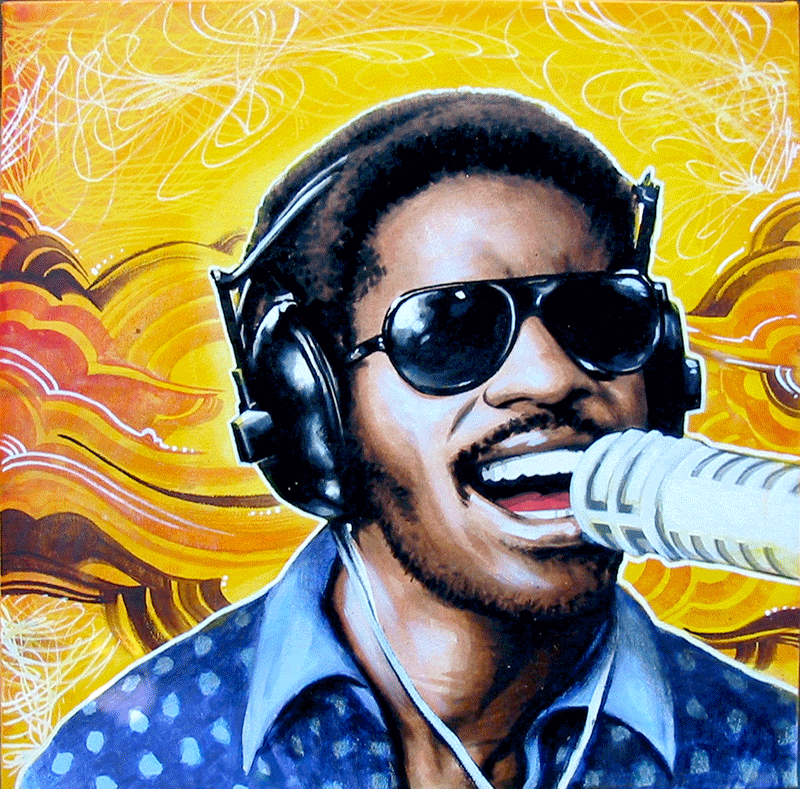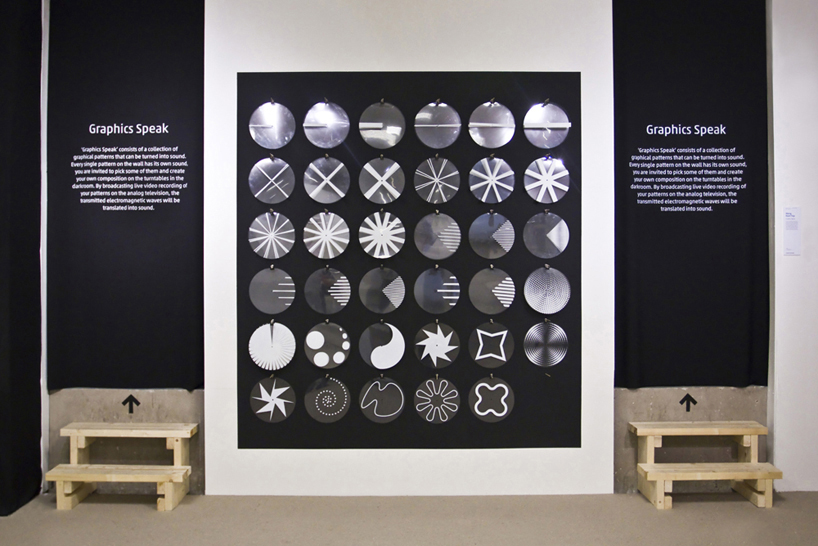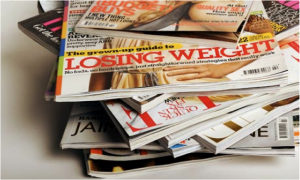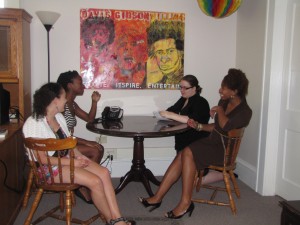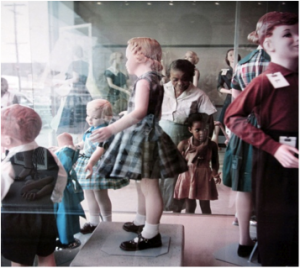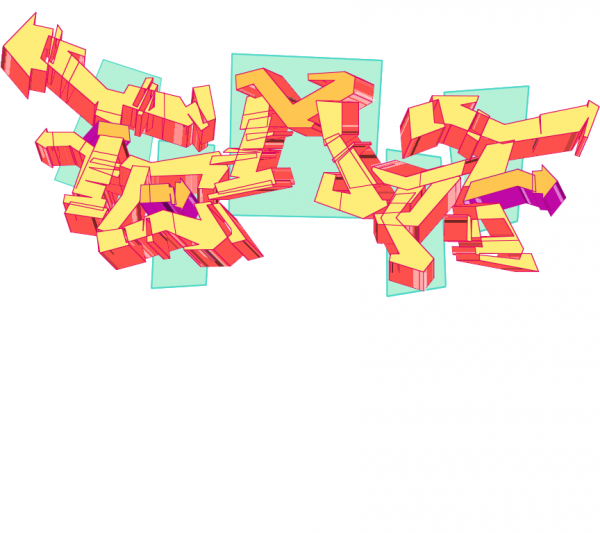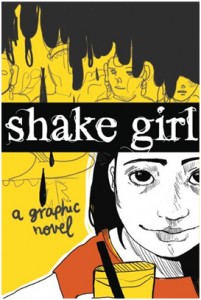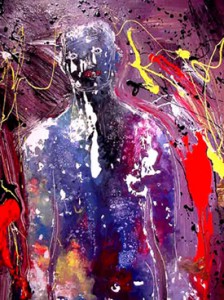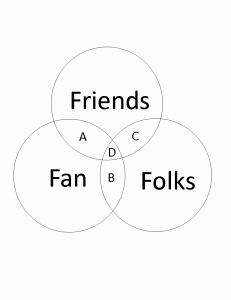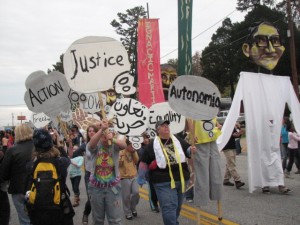
I’ve worked with plenty of artists who use their talents for the good of the community, and I've founded a nonprofit organization that's sole purpose is helping arts-activists build more effective programming. I'm sure this list is longer, and maybe, I left something out, but I want to share a few of the procedures I live by when using my art for truth, justice, and the Art-Activist's way.
1. Broadcast Yourself.
The important part of being an artist is telling the story of your painting, your song, your mural, your sculpture, and your efforts. It’s cool to help, volunteer, serve, sacrifice, and make a difference. Your difference is then magnified exponentially when you’re willing to tell your story and build connections with anyone searching for an the inspirations, idea, or model to build a sustainable impact in their community
2. We’ve been conditioned to be factory workers. Innovate.
Our imaginations are the most active when we are younger, and the older we get, the more we’ve been conditioned to settle for safe, secure, fast, cheap, easy, and greasy. Our art, or our best art, isn’t the product of an assembly line or cheap, easy labor. It sparks from the desire to innovate and create new, amazing, unexpected, remarkable, significant, Art. Innovation isn’t about reinventing the wheel. It’s making the wheel better, brighter, less rubbery, filled with plants, or recyclable.
3. Use your brilliance wisely.
Being brilliant is hard work. If it weren’t, brilliance wouldn’t be held in such high regard, it would be mundane. Likewise, being brilliant every day is exhausting. Intentionally pick the day you will unveil your masterpiece and deepen the impact of the unveiling by broadcasting the story.
4. Organize.
Organization isn’t a prerequisite for art, but it is essential to deepening the impact of Art that aims at the social uplift of our communities. The secret to organizing anything is making sure the components of the project, team, committee, cabal, or task force has a place and a role in the project outcome. If it’s not essential, remove it. If it’s essential, connect it to the bigger picture. If you don’t have a big picture to connect all your dots, draw one. And if you can’t, find someone who can.
5. Learn everything you can about marketing.
Marketing is the key to amplifying every aspect of your story as an artist. I read
this and I attend lots of webinars from these
guys. Search the internetz and become an expert or generalist.
6. Find the 10 people that like you and your cause.
Often, we spend too much time with the people that don’t like us. We focus on the people who will never like what we do and how we do it, so the people who do like us never receive an invite or better art because we’re caught in gaining the attention of an outlier. The 10 people who like you will tell their friends. The people who don’t won’t tell anyone. Focus on your friends, fans, and folks. Don’t market to your enemies. They don’t like you now, don’t waste your time trying to make them like you.
7. Don’t work on an island.
Too often, artists-activists work alone on projects and are too busy or stretched too thin to build relationships with other folks with talents and skills who share the same passion. Identifying the friends, fans, and folks who support your cause is essential to effectively using your passion to create an impact in your community. For instance, you may have a friend who likes writing. They can create a blog for your cause. You may have a fan who owns an art gallery. One of your folks maybe a musician who wants to help you fundraise. You never know how a supporter can help. Don’t be afraid to ask and never work alone on a project. If you have to work alone to start things off, that’s understandable, but work towards working with others.
8. Evaluate your progress.
If you don’t evaluate your progress you’ll never recognize your growth, your talents, or see the big picture or reality of what your passion for the arts can create. Ignorance is not bliss for the artist with the betterment of the entire world at stake. We use a personally tailored version of these
evaluations.
9. Set and track your goals.
Set your goals and meet them head on. Evaluations and tracking are pretty much married. Don’t divorce the two. Goals are important because they create clear targets for your art. Without a clear target, you might as well create brilliant art climb to the tallest building and let it fly. Where it lands, nobody cares, but if you have somewhere for your art to do what it’s intended to do, make sure you set a goal of getting it there.
10. Learn about the people you’re trying to serve.
Oftentimes we try to serve groups we know nothing about. For instance venturing into the inner-city and endeavoring to save the community, but knowing nothing about the history and reality of the people you are trying to serve. Learning about the people you aim to support. This will help you create art and activism that means the most to the people that it helps the most.
11. Don’t wait for permission.
If I were waiting for someone else to ok my founding of Art as an Agent for Change, Inc., I’d still be at the drawing board, waiting. As Dr. Martin Luther King said, Oftentimes, “wait,” means never. Take the initiative and build your vision for a better world with the friends, fans, and folks who are near and dear to you.
12. Always Shut-it-Down!
You asked us to hold a sign that you painted. You asked us to recite a poem on a soap box in a public area, you asked us to help you register voters, and you asked us to help you create a mural. Alongside you, we did something to make a difference. And whenever you do something to make a difference, remember, it is your act of expression that will begin the end of oppression and isms that disjoint world. Always do your best, no matter what it is you are doing, always Shut-it-Down!
Please, Comment, Share, Like, Subscribe, GoodSearch, or Donate. Everything you do counts.
By Paul Ayo


